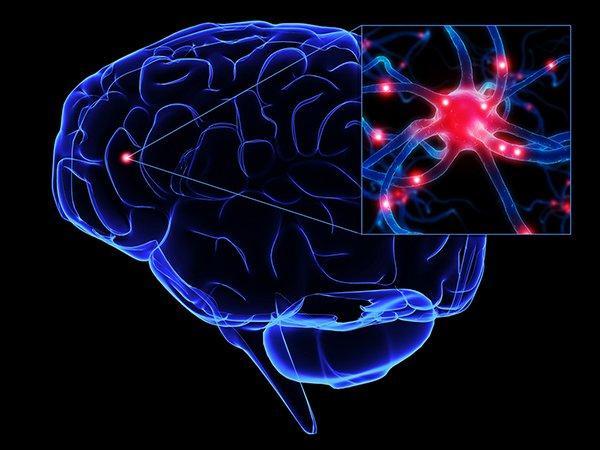
The Ulsan National Institute of Science and Technology (UNIST) said Wednesday that, in a clinical study, patients who received the therapy showed measurable reductions in both their urge to drink and overall dependency levels.
The research, conducted jointly with Yonsei University’s Severance Hospital, Samsung Medical Center and Seoul National University, tested a technique delivering light stimulation directly to brain tissue.
Over a five-week period, participants were divided into three groups: one receiving brain light therapy, another undergoing vagus nerve electrical stimulation, and a third receiving both treatments. Patients self-administered the sessions for 15 minutes a day, five times a week.
Those in the light therapy groups experienced what the researchers described as “meaningful” improvements, while participants receiving only vagus nerve stimulation showed no significant change.
“We have proven for the first time that this method can simultaneously reduce both alcohol cravings and dependency,” said Chung Dong-il, a professor of biomedical engineering at UNIST.
The findings come as the global market for alcohol addiction treatments, projected to reach $15 billion in 2025 and grow about 7 percent annually, searches for more effective solutions.
The team said it plans to develop personalized digital therapeutic devices based on the technology.
Copyright ⓒ Aju Press All rights reserved.


![[K-Tech] Samsung-Johns Hopkins team honored for breakthrough in cooling technology](https://image.ajunews.com/content/image/2025/08/25/20250825154106242599_278_163.jpg)
![[K-Tech] SK hynix begins mass production of next-generation NAND chip with 321 layers](https://image.ajunews.com/content/image/2025/08/25/20250825141006564245_278_163.jpg)
![[K-Tech] LG CNS unveils enterprise AI platform, aiming to redefine workplace](https://image.ajunews.com/content/image/2025/08/25/20250825122224346725_278_163.jpg)